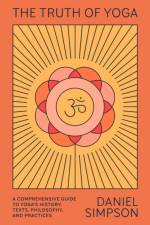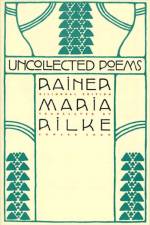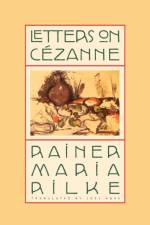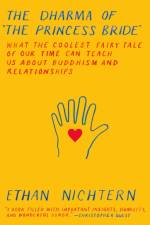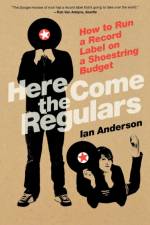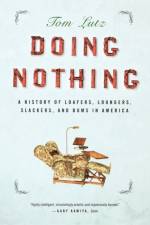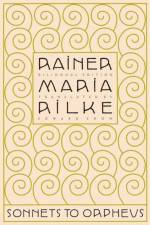- The Rise of Clear Channel and the Fall of Commercial Radio
av Alec Foege
267
In Right of the Dial, Alec Foege explores how the mammoth media conglomerate Clear Channel Communications evolved from a local radio broadcasting operation, founded in 1972, into one of the biggest, most profitable, and most polarizing corporations in the country. During its heyday, critics accused Clear Channel, the fourth-largest media company in the United States and the nation's largest owner of radio stations, of ruining American pop culture and cited it as a symbol of the evils of media monopolization, while fans hailed it as a business dynamo, a beacon of unfettered capitalism.What's undeniable is that as the owner at one point of more than 1,200 radio stations, 130 major concert venues and promoters, 770,000 billboards, and 41 television stations, Clear Channel dominated the entertainment world in ways that MTV and Disney could only dream of. But in the fall of 2006, after years of public criticism and flattening stock prices, Goliath finally tumbled-Clear Channel Communications, Inc., spun off its entertainment division and plotted to sell off one-third of its radio stations and all of its television concerns, and to transfer ownership of the rest of its holdings to a consortium of private equity firms. The move signaled the end of an era in media consolidation, and in Right of the Dial, Foege takes stock of the company's successes and abuses, showing the manner in which Clear Channel reshaped America's cultural and corporate landscape along the way.

